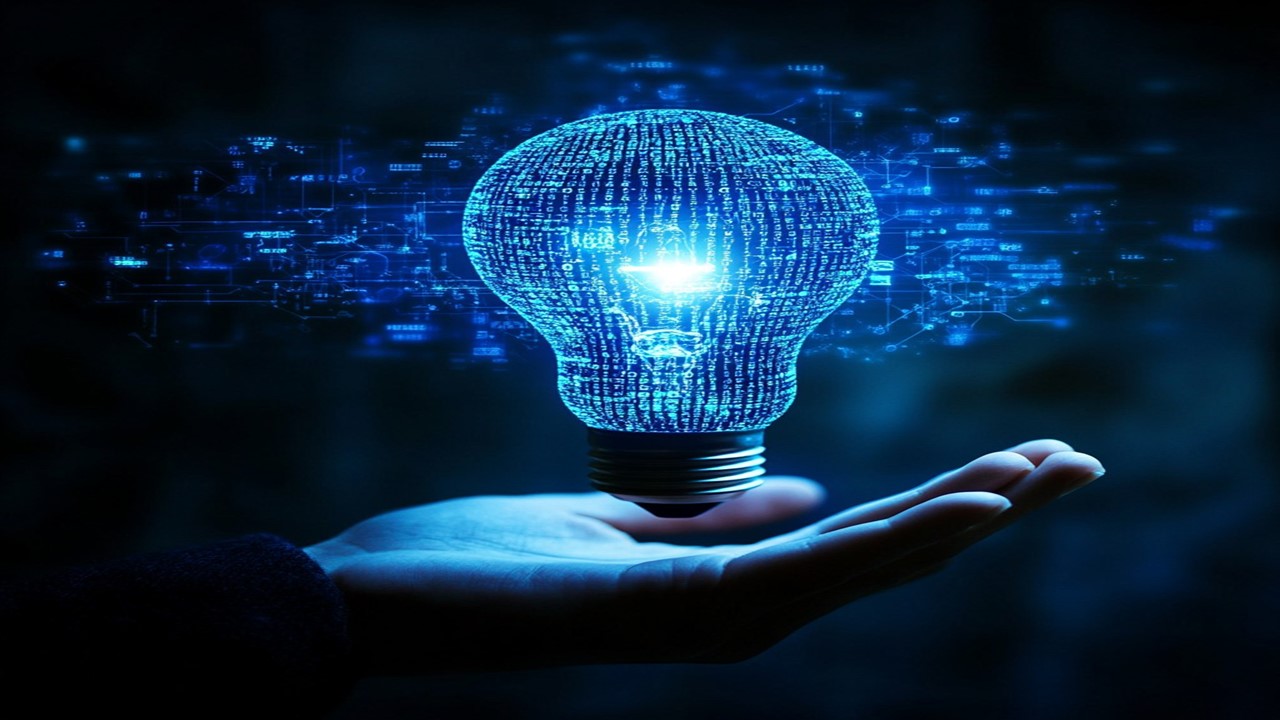
Imagine that your home lights not only illuminate your space but also provide internet connectivity. Or that your light bulbs are so smart they turn on and off by sensing your presence. And what if your bulbs don’t contribute to your electricity bill because they run on solar energy—are these just fantasies? No, this is our near future!
The significant changes happening in the world of LED lighting are set to transform not only how we live but also lead to a substantial reduction in electricity consumption. Let’s explore how future LED lighting technology will not only brighten our lives but also revolutionize our energy usage.
1. Smart LED and IoT Integration
- How it works: Smart LED bulbs give you complete control over your lighting. You can control them via your smartphone or voice assistant. These bulbs come with motion sensors and scheduling features, allowing lights to turn on and off automatically.
- Energy consumption: These bulbs consume 30-40% less electricity compared to traditional bulbs, as they only light up when needed.
- Future impact: In the future, smart lighting systems will be even more integrated with the Internet of Things (IoT), allowing lights to adjust according to your movements, time, and mood, thereby reducing energy consumption.
- Companies involved: Philips, Xiaomi, and Havells are already working on this technology, with further improvements expected in the coming years.
2. Li-Fi (Light Fidelity)
- How it works: This technology transfers internet data via light. This means that light bulbs will not only provide illumination but also serve as your internet connection.
- Energy consumption: It may consume slightly more power than traditional LED bulbs, but since it eliminates the need for routers, overall energy savings can be achieved.
- Future impact: This will enable LED bulbs in homes, offices, and public places to not only illuminate but also provide internet connectivity, making our lives more digital and connected.
- Companies involved: Philips (Signify) is one of the leading companies in Li-Fi technology.
3. Quantum Dot LED (QLED)
- How it works: Quantum dot technology offers more efficient and brighter light, providing colors that are more vibrant than traditional LED bulbs.
- Energy consumption: This technology consumes 10-20% less electricity, achieving greater energy efficiency.
- Future impact: QLED bulbs will offer higher brightness, better color accuracy, and energy savings, making home lighting more efficient.
- Companies involved: Osram and Samsung are working on quantum dot LED technology.
4. OLED (Organic LED)
- How it works: OLED bulbs are more efficient than traditional LEDs and are much thinner, allowing for flexible designs.
- Energy consumption: These bulbs reduce energy consumption by 15-25%.
- Future impact: OLED panels will be flexible and thin, enabling unique and attractive designs for home decor.
- Companies involved: Panasonic and Philips are innovating in OLED lighting.
5. Solar-Powered LED Bulbs
- How it works: Solar-powered LED bulbs store solar energy during the day and illuminate at night without consuming electricity.
- Energy consumption: These bulbs have zero electricity consumption as they operate entirely on solar energy.
- Future impact: With improvements in solar technology, we will see more solar-powered LED bulbs in homes and public spaces, saving energy and protecting the environment.
- Companies involved: Indian companies like Havells and Syska are working on solar-powered LED bulbs.
6. Human-Centric Lighting (HCL)
- How it works: This technology adjusts the brightness and temperature of light based on the time of day and your activities.
- Energy consumption: HCL technology can reduce energy consumption by 20-30%, as it operates only as needed.
- Future impact: HCL technology will be used in offices, schools, and homes, enhancing focus and productivity while positively impacting our sleep and health.
- Companies involved: Wipro Lighting and Philips are working on this technology.
7. Micro LED
- How it works: Micro LED bulbs are more efficient and brighter than traditional bulbs, consuming less electricity.
- Energy consumption: This technology can reduce energy consumption by up to 50%.
- Future impact: Micro LED bulbs will provide more energy-efficient, bright, and clear lighting, leading to better and more efficient lighting arrangements in homes and offices.
- Companies involved: Cree Lighting is a leader in micro LED technology.
8. UV-C LED (for Disinfection)
- How it works: UV-C LED bulbs are specialized for destroying bacteria and viruses, disinfecting surfaces and air.
- Energy consumption: These bulbs generally consume more electricity, but their use is limited to short periods, having minimal impact on total consumption.
- Future impact: In the future, we may see LED bulbs in homes that not only provide light but also disinfect air and surfaces, creating a healthier environment.
- Companies involved: Osram and Signify are developing this technology.
These new LED lighting technologies will not only make our lives smarter and more convenient but also significantly reduce electricity consumption. Companies like Philips, Osram, Cree, and Havells are leading the way in this direction, and with future innovations, they are poised to change our energy consumption patterns. We need to take advantage of these new technologies to not only smarten our lifestyles but also contribute to environmental protection.


































































